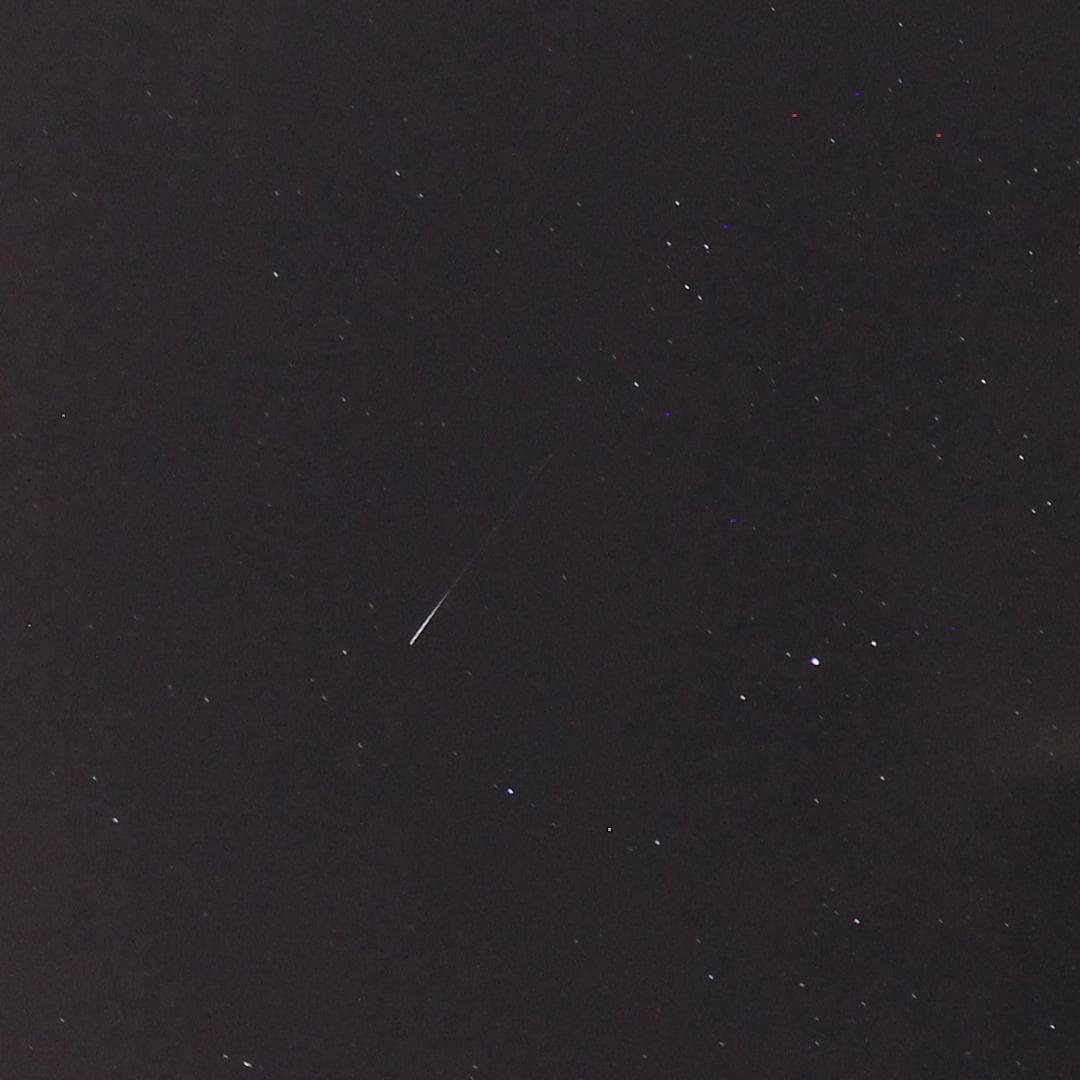How to best see meteors
Who hasn't seen the occasional "shooting star" - a cosmic interloper that flashes across the sky, turning our heads and momentarily bringing a sense of wonder and excitement to mind?
"Did you see that?! Make a wish!"

Where to view
With meteor showers, these occurrences are far more frequent, as the bits of sand and dust that burn up in the atmosphere that create the "falling star" appearance to our eyes, happen year after year. We know this because we can trace the origin of many meteors back to a point in the sky, called the radiant. The meteors generally do not start here - we typically see them 25 to 60 degrees away from that point. But that is the spot in the sky where they all seemed to arrive from, because it is where the center of the stream of particles are that Earth is moving through.
When to view
After midnight is best, as the Earth "turns into the stream" of sand and gravel that creates the showers, though you can look at anytime. But after 12:00 am will generally be the time where showers produce the most meteors, so if you can stay up that late, it will increase your odds of seeing many more flashes of light across the sky.
How to view
Meteor showers are simple to observe; no telescope is needed. Just look up! But there are some tips to make your observing experience better.
For one, try to find a location with few trees. If you can't avoid them, then try to situate yourself so that the area where meteors will be seen in the sky is not blocked by them.
Next, do your best to choose a dark location. Although bright fireballs and larger bits of gravel create bright trails in the sky, more meteors are visible if you can see stars at 4th or 5th magnitude.
Another consideration is comfort. A chair such as a chaise lounge or other style of outdoor seating where you can easily rest your head back while looking up makes it far more comfortable to observe a shower. Chairs with padding can provide not only more comfort, but also some insulation from the cold.
"But the Perseids happen in August - I won't be cold then!"
Actually, you might be surprised at just how cold you CAN get during the summer months at night (and especially in winter). Wear long sleeves and long pants, as your heat will radiate up into the sky as Earth releases some of it's heat into space with the Sun no longer shining on that particular part of Earth. A blanket is often a welcome accessory for meteor observing too - have one handy just-in-case.
And those long sleeves and pants help in another way: Bugs! That's right, nocturnal insects like mosquitoes - though more prevalent in the early evening - may be out and bothersome, trying to get in a midnight snack. Be sure to bring and use insect repellent.
Avoid alcohol - this can both make you tired and lessens your senses, such as eyesight response, so stick to warm beverages that are alcohol free for better observing.
Showers and expected annual occurrences (best showers are in bold)
| Shower | Time | Parent object |
|---|---|---|
| Quadrantids | early January | The same as the parent object of minor planet 2003 EH1 and Comet C/1490 Y1. |
| Lyrids | late April | Comet Thatcher |
| Eta Aquariids | early May | Comet 1P/Halley |
| Arietids | mid June | Comet 96P/Machholz, Marsden and Kracht comet groups complex |
| Southern Delta Aquariids | late July | Comet 96P/Machholz, Marsden and Kracht comet groups complex |
| Alpha Capricornids | late July | Comet 169P/NEAT[26] |
| Perseids | mid-August | Comet 109P/Swift-Tuttle |
| Kappa Cygnids | mid-August | Minor planet 2008 ED69 |
| Orionids | late October | Comet 1P/Halley |
| Southern Taurids | early November | Comet 2P/Encke |
| Northern Taurids | mid-November | Minor planet 2004 TG10 and others |
| Leonids | mid-November | Comet 55P/Tempel-Tuttle |
| Geminids | mid-December | Minor planet 3200 Phaethon |
| Ursids | late December | Comet 8P/Tuttle |

